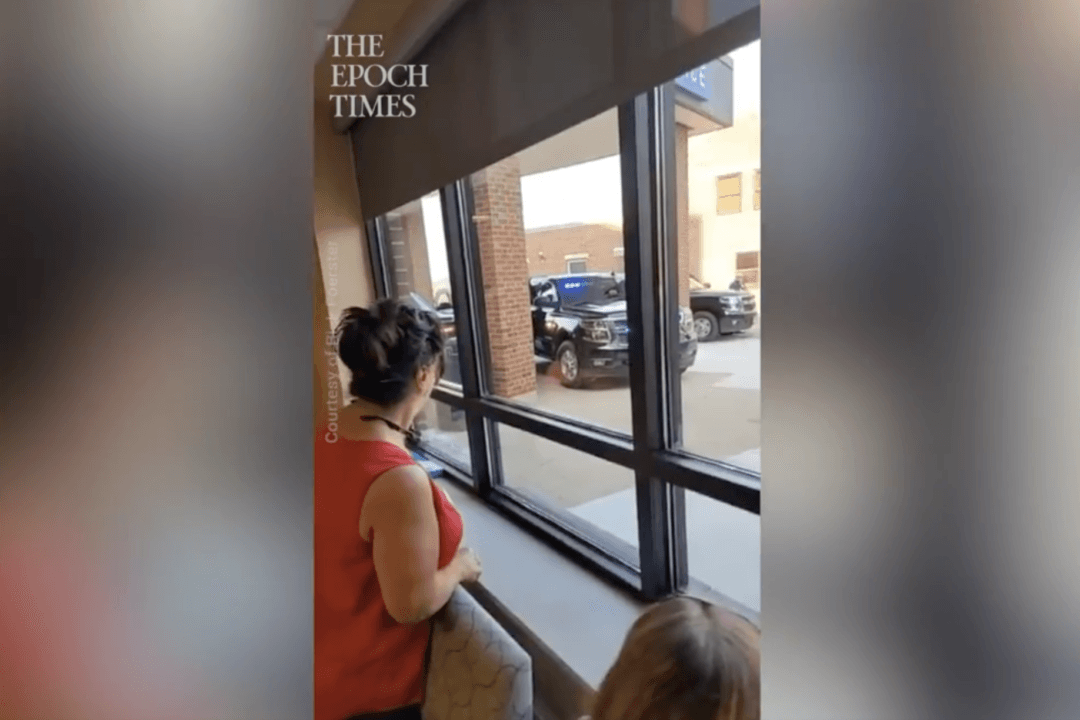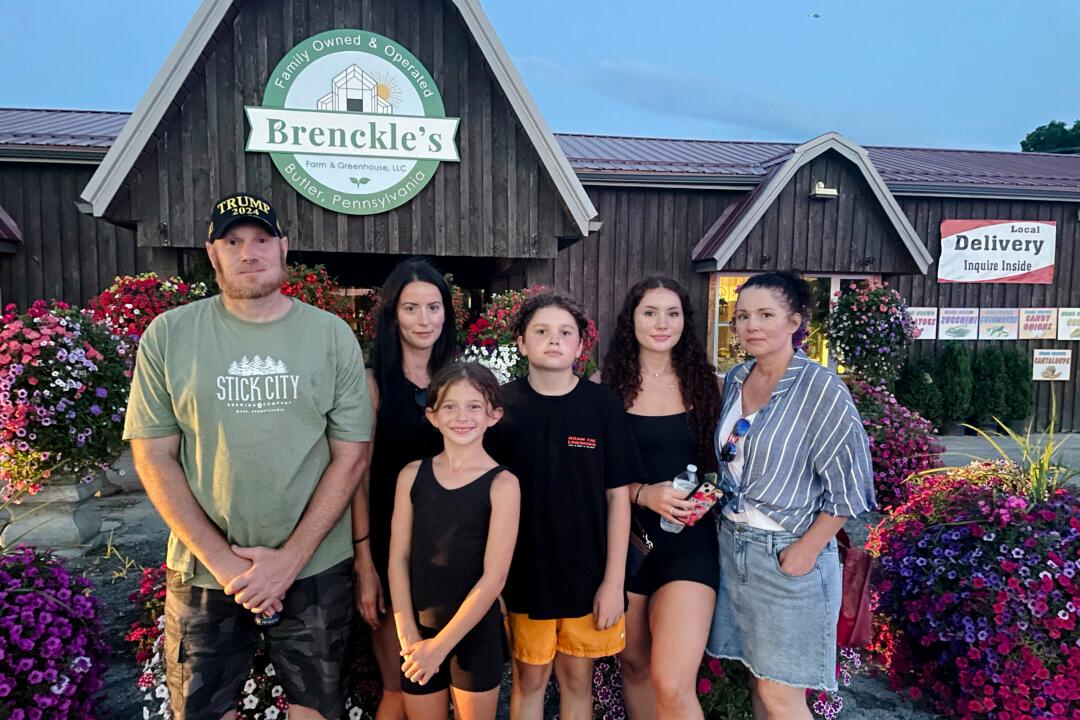It was senior recognition night at Jeanette Finicum’s daughter’s high school basketball game on Jan. 26, 2016, when Jeanette started hearing that something had happened to her husband, Robert “LaVoy” Finicum.
A Mohave County, Arizona, cattle rancher, father of 12, and foster parent, LaVoy Finicum was among a group of people who participated in a 41-day occupation of Malheur National Wildlife Refuge in Oregon, 700 miles from his home. It started on Jan. 2, 2016. They were protesting federal land use policies—something LaVoy Finicum had been speaking about a lot on his YouTube channel, “One Cowboy’s Stand for Freedom.”





